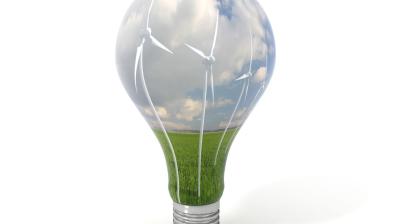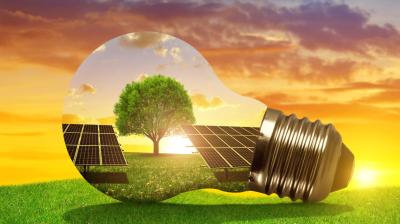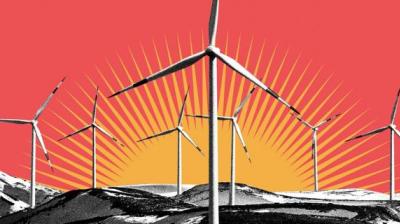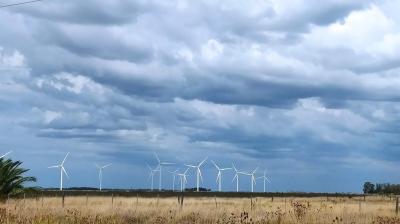Energy pathway to net zero by 2050
The world has a viable pathway to building a global energy sector with net-zero emissions in 2050, but it is narrow and requires an unprecedented transformation of how energy is produced, transported and used globally, the International Energy Agency said in a new landmark special report.

The world has a viable pathway to building a global energy sector with net-zero emissions in 2050, but it is narrow and requires an unprecedented transformation of how energy is produced, transported and used globally, the International Energy Agency said in a new landmark special report.
Climate pledges by governments to date – even if fully achieved – would fall well short of what is required to bring global energy-related carbon dioxide (CO2) emissions to net zero by 2050 and give the world an even chance of limiting the global temperature rise to 1.5 °C, according to the new report, Net Zero by 2050: a Roadmap for the Global Energy Sector.
The report is the world’s first comprehensive study of how to transition to a net zero energy system by 2050 while ensuring stable and affordable energy supplies, providing universal energy access, and enabling robust economic growth. It sets out a cost-effective and economically productive pathway, resulting in a clean, dynamic and resilient energy economy dominated by renewables like solar and wind instead of fossil fuels. The report also examines key uncertainties, such as the roles of bioenergy, carbon capture and behavioural changes in reaching net zero.
“Our Roadmap shows the priority actions that are needed today to ensure the opportunity of net-zero emissions by 2050 – narrow but still achievable – is not lost. The scale and speed of the efforts demanded by this critical and formidable goal – our best chance of tackling climate change and limiting global warming to 1.5 °C – make this perhaps the greatest challenge humankind has ever faced,” said Fatih Birol, the IEA Executive Director. “The IEA’s pathway to this brighter future brings a historic surge in clean energy investment that creates millions of new jobs and lifts global economic growth. Moving the world onto that pathway requires strong and credible policy actions from governments, underpinned by much greater international cooperation.”
In line with this, the WMO community is accelerating efforts to support sustainable energy pathways through strengthened climate and integrated energy services.
Renewable energy systems need to be optimized for their environments and be resilient to weather extremes, climate variability, and climate change. Energy sector planning and operation are markedly affected by meteorological events. It is therefore critical to assess what both past and future climate scenarios reveal about observed and expected changes in temperature, precipitation, wind speed, solar radiation, humidity, and mean sea level pressure – all factors which modulate the performance of generation and transmission assets and affect energy demand.
The implementation of the IEA Net-Zero by 2050 roadmap will require countries and sub-national entities to take actions to reduce emissions of greenhouse gases in an optimal way. To assist the energy sector in meeting the commitments. WMO and its partners have initiated the development of an Integrated Global Greenhouse Gas Information System (IG3IS). IG3IS looks to serve users (decision-makers), especially the energy sector, who are able and willing to take actions to reduce emissions of greenhouse gases and pollutants that reduce air quality.
Read the IEA Report here










